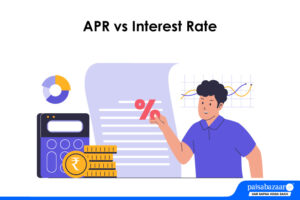This simple calculator also displays the total interest payable, total principal payable and amortization schedule based on the loan amount, interest rate and the tenure you choose.
Get up to ₹1,000*
 Voucher on disbursal
Voucher on disbursal
- Valid till 31st July '25
- |
- *T&C Apply






